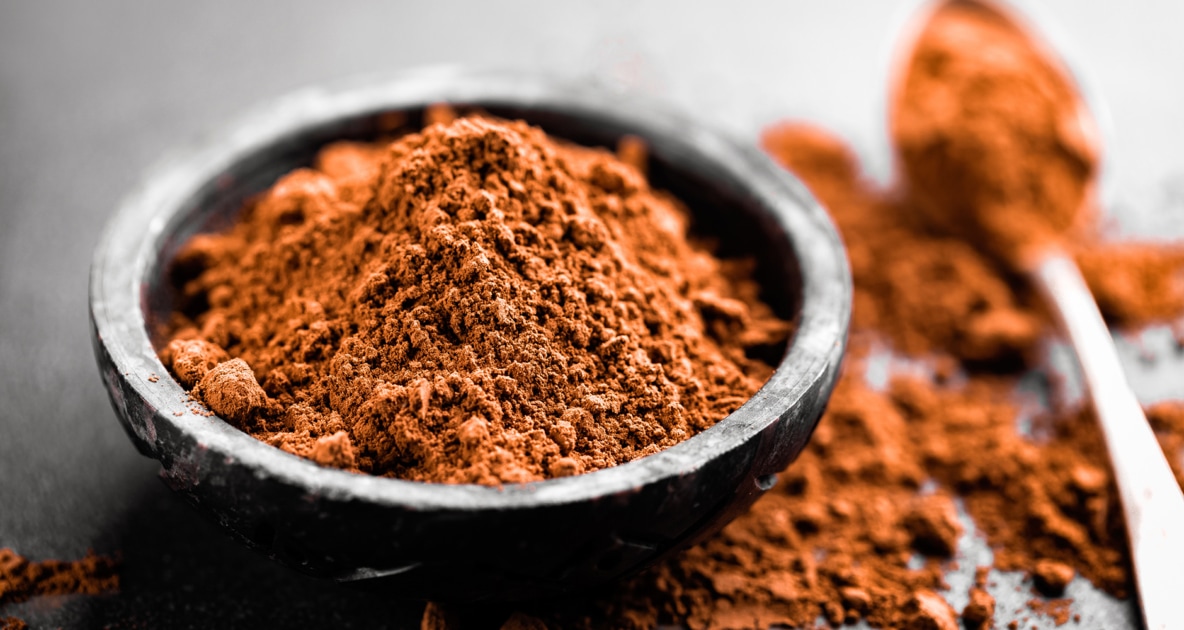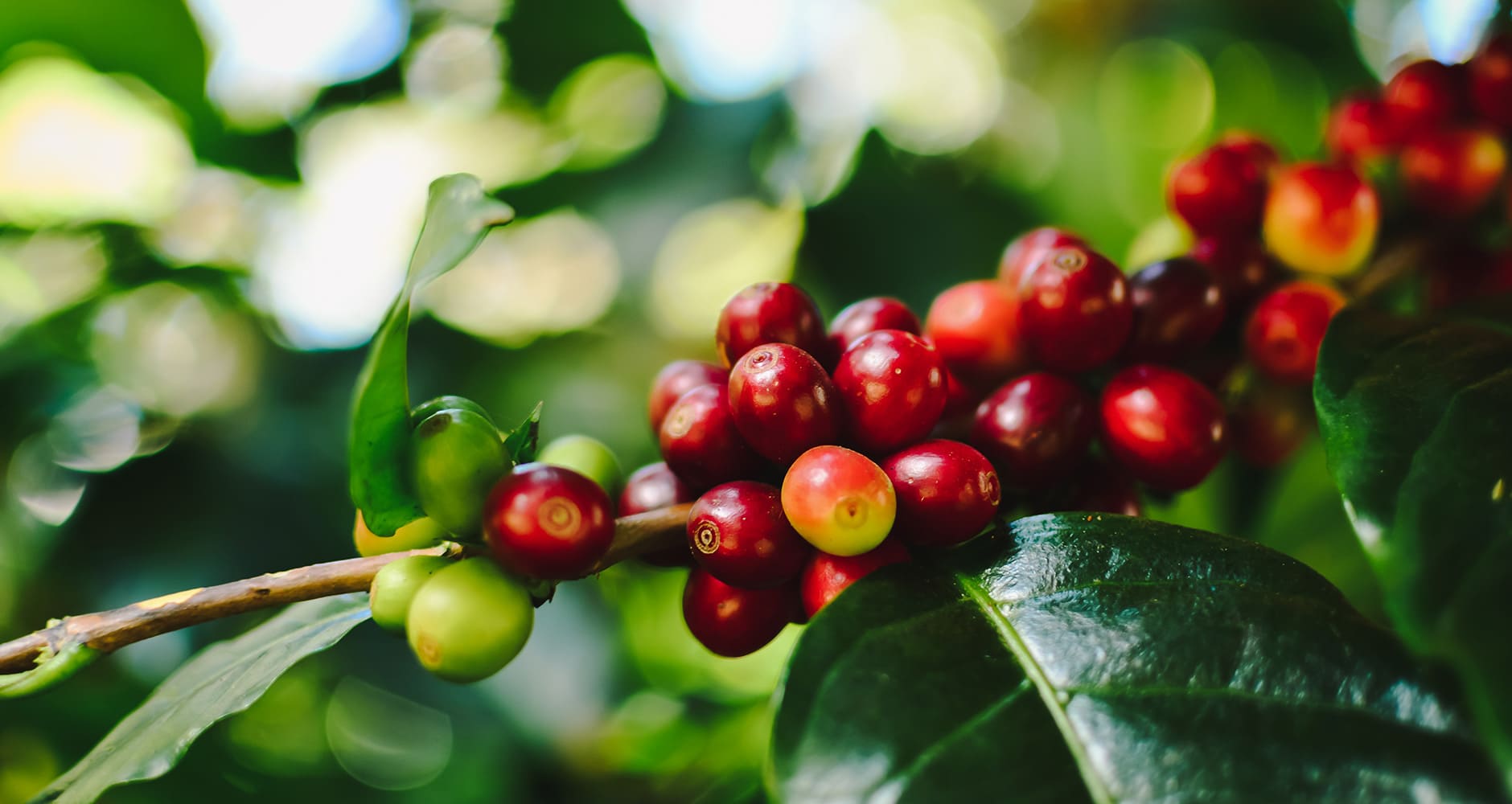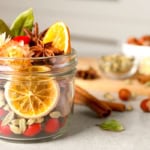See How Coffee “Cherries” Make A High-Antioxidant Flour
This antioxidant-rich, gluten-free flour is made from the discarded "cherries" of the coffee plant. Learn what all the buzz is about surrounding the latest superfood to hit the market.

Coffee flour is the latest antioxidant, superfood to hit the market. This naturally gluten-free food is rich in nutrients, and has endless uses in cooking and baking. If you find this gem in your grocery store, the nutritional value alone gives you great reason to place it in your shopping cart. Coffee flour has been described as containing more iron per gram than fresh spinach, more fiber per gram than whole grain wheat flour, more antioxidants per gram than a pomegranate, more protein per gram than fresh kale, and more potassium per gram than a banana.
What is Coffee Flour?
Coffee flour is a by-product of the coffee plant, but not the coffee bean. Coffee beans are seeds; the pit that grows within a red, cherry-like fruit. During harvest, the bean is removed from the fruit, and is then roasted and ground and turned into your favorite morning beverage. Now, rather than being discarded, that cherry-like fruit is ground into a nutritious flour that is finding its rightful, delicious place in baked goods around the world.
Does it taste like coffee?
No, coffee flour does not taste or smell like fresh roasted coffee. It has its own distinct flavor profile that promises not to disappoint. It has been described as having a floral, citrus, and roasted fruit-like flavor. Some describe it as as nutty, pleasant, and mild, and as tasting similar to bittersweet dark chocolate.
Does it contain caffeine?
Coffee flour does contain some caffeine, but not as much as coffee beans. A tablespoon of coffee flour contains about the same amount of caffeine as 1/3 cup of black coffee.
How is it used?
Coffee flour is available in two grinds (“fine” and “powder”) with a variety of savory and sweet culinary uses. Coffee flour can be combined with other flours when baking to add an extra dose of antioxidants and other nutrients not found in regular flours.
To keep your baked goods gluten-free, sift coffee flour in with your choice of almond, coconut, rice, teff, or buckwheat flour. Brown sugar or coconut palm sugar are complementary sweeteners to use when cooking with coffee flour. The amount of sweetener may need to be slightly increased when adding coffee flour to sweet baking recipes such as brownies, cookies, or chocolate cake. The end product will be darker, so be sure to bake until done.
Not just for baking!
Coffee flour dissolves easily into liquids, and can be used when preparing sweet or savory recipes. Coffee flour adds a rich flavor to roux, and brown gravies. Stir the tasty powder into your favorite beverages, sauces, soups, frostings, and ice cream. It’s good for the farmer, you, and the planet.
A viable agricultural product
The production of coffee flour puts an end to the wasteful dumping of an estimated 17 billion pounds of coffee cherries per year. It gives the coffee farmer another viable agricultural product to harvest and market from the same plant being grown. Coffee flour has a more stable, longer shelf life than coffee beans, giving the farmer a second, less-volatile source of income, while creating additional jobs in the coffee industry.
Where to buy coffee flour
If your local grocer or health food store doesn’t carry coffee flour, feel free to request it! Coffee flour is also available online from major retailers like Amazon.

Deborah Tukua
Deborah Tukua is a natural living, healthy lifestyle writer and author of 7 non-fiction books, including Pearls of Garden Wisdom: Time-Saving Tips and Techniques from a Country Home, Pearls of Country Wisdom: Hints from a Small Town on Keeping Garden and Home, and Naturally Sweet Blender Treats. Tukua has been a writer for the Farmers' Almanac since 2004.







Considerable pesticides are used in coffee growing. The cherry pulp is contaminated with these chemicals. How are th4se chemivcals removed from the pulp?
are any researches or reliable sources for the claims discussed here. thank you
there isnt any reference to how many carbohydrates would be when used in baking for those watching carb intake
Mikki, it would be on the package itself when you buy.